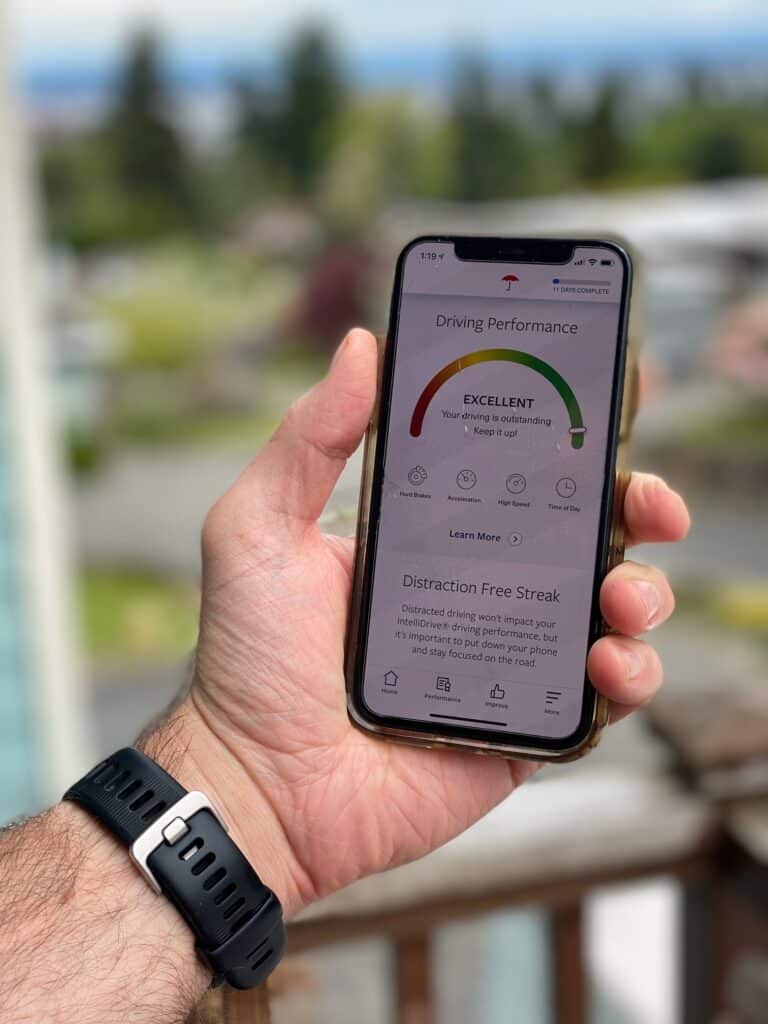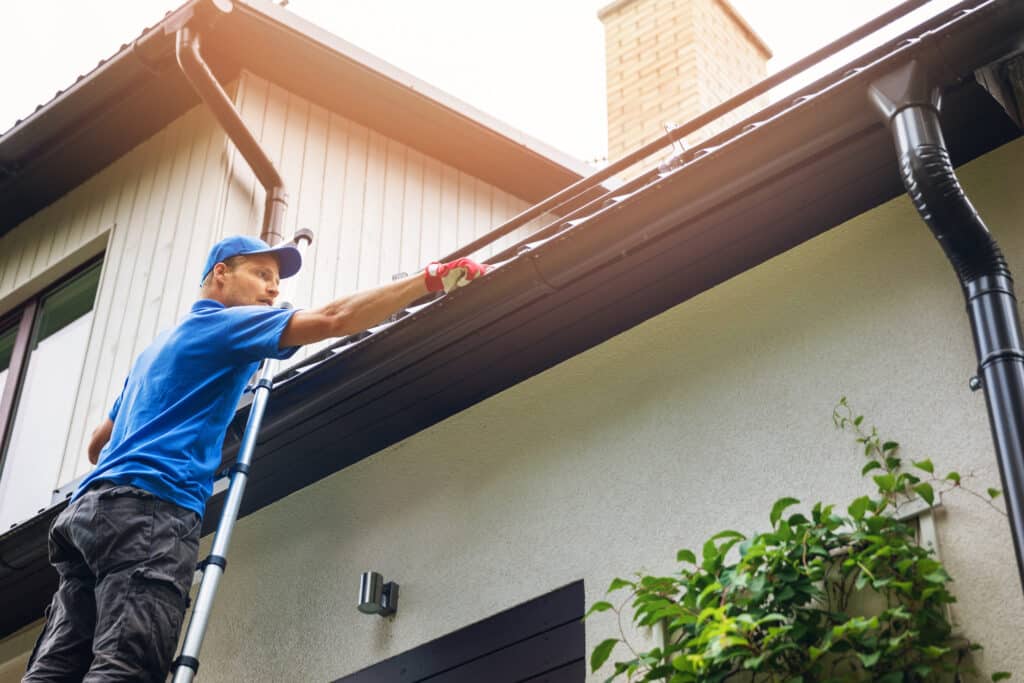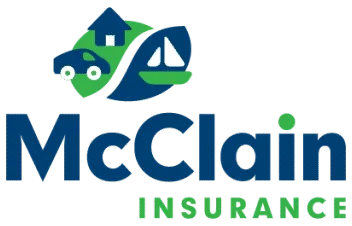As we near the end of 2025, many clients are taking a fresh look at their budgets and planning for next year’s expenses, including insurance coverage.
We’ve had a few tough years of rising rates and limited options when it comes to insurance. And while we’re not out of the woods yet, we are seeing some positive changes on the horizon.
Carriers are becoming more flexible, and we have more room to help you find coverage that fits your needs—and maybe even your budget – a little better.
How We Got Here: A Quick Look at Recent Rate Increases
Over the past couple of years, insurance costs have climbed noticeably for many people—sometimes by a lot.
Higher rates hit nearly everyone, across all companies. On the auto side, premiums rose about 14% nationwide in 2023, and that trend continued into 2024. Home insurance has seen similar pressures. Rates went up an average of 12.7% in 2023, followed by another 10.4% in 2024, according to S&P Global.
Here in Washington, the impact has been even stronger. Among the top 20 home insurance companies in the state, rates increased an average of 21.7% in 2024—and auto insurance saw a 17.5% jump.
As insurance agents, we’re not immune to higher rates. Nick and Meghan, with no recent claims, saw a 30% increase in 2023.

A lot of factors contribute to these rising rates. Insurance doesn’t operate in a vacuum—it responds to what’s happening in the broader economy. Things like inflation, repair costs, supply chain delays, and even international trade policies can all influence what we pay for coverage.
What’s Behind the Hard Market?
You may have heard the term “hard market” thrown around. It just means a tough time in the insurance world—when companies tighten rules, raise prices, and offer fewer options. This usually happens when the cost of paying claims goes way up, like when there are more accidents, storms, supply chain issues, or medical expenses.
That’s exactly what we’ve been dealing with. In Washington, auto claim costs jumped from around $3.5 billion in 2020 to approximately $5.4 billion in 2023 in Washington. The average cost per claim nationally has risen more than 10% year over year.
Homeowner claim costs in Washington rose from around $941 million in 2018 to nearly $2 billion in 2023, driven by construction inflation and severe weather. Add to that long-term pressures from things like climate risks, more frequent wildfires, and rising home construction and repair costs.

Another factor putting pressure on rates—especially for auto insurance—is the rise in large legal settlements. More frequent and aggressive litigation has driven up the cost of liability claims across the country.
(It’s also a good reminder to double check your liability limits. Even a single serious accident could result in legal or medical costs that exceed basic coverage—so making sure you’re well protected matters more than ever.)
To stay in business and keep helping people, insurance companies have had to make some hard calls—and that’s meant higher rates for nearly everyone.
The Good News: Things Are Starting to Shift
We’re starting to see signs of improvement. Claim costs aren’t climbing as fast, and companies are seeing more balance between incoming premiums and outgoing claims.
Some of the sharpest cost drivers—like inflation and supply chain disruptions—are starting to ease. We’re also seeing more insurance companies re-enter markets or expand their offerings—especially in areas where they’d pulled back in recent years.
The market isn’t fully open yet, but we’re seeing real movement—and that’s a promising shift for our clients.
Our team at McClain Insurance has also added new carrier and coverage options over the last year that may be a better fit for you and the protections you need. That gives us flexibility to help you find coverage that fits—whether you’re looking to save or simply want better value.
Here are seven things you can do right now to protect your budget, optimize your coverage, and make the most of today’s shifting insurance market—starting with a quick conversation with us.
✅ 7 Smart Ways to Make the Most of This Shifting Market
1. Ask About New Discounts (Auto & Home)
Many people don’t realize how often carriers add to or expand their discount options.
You might save based on your car’s safety features, how you drive, how you pay your bill—or on the home side, whether you’ve updated your roof, added a monitored alarm, or even gone paperless.
2. Try a Telematics Program
Safe driving can now earn you serious savings. Programs like Safeco’s RightTrack or Travelers’ IntelliDrive track your habits (like braking and mileage) and reward you for low-risk behavior—often with discounts of 10–30%.

3. Bundle Your Policies
Bundling your auto and home insurance (or renters, umbrella, boat, etc.) with the same company can lead to meaningful savings—and may come with added perks, like a single deductible if a storm damages both your car and your home.
4. Revisit Your Deductibles
A higher deductible often means a lower premium. If you have a healthy emergency fund and rarely file claims, raising your deductible could bring down your monthly cost without reducing your coverage.
5. Check That Your Coverage Still Matches Your Life
Part of our role as your insurance team is helping you adjust your coverage as your life changes. For instance, when you’re planning a wedding, you’re probably not thinking about insurance – but we are!

As you and your family members move through life, we can help make sure your insurance still meets your needs. Bought a new car? Paid off your mortgage? Added a driver or upgraded your kitchen? All of these can affect what kind of coverage you need—and what you might be overpaying for.
6. Have Us Shop Around for You
One of the best things about working with an independent agency like ours? We’re not tied to just one company. We can compare your coverage with multiple trusted carriers to help you find the best combination of value, protection, and service—without any pressure to switch.
Part of our role is staying on top of new products and building partnerships with carefully selected carriers. We’re always looking for options that expand what we can offer our clients—especially when the market is shifting and new solutions emerge.
Even if we’ve reviewed your policy recently, it’s worth checking in. What made sense six months ago might look different today—and our goal is always to make sure you have the best available options.

7. Talk to Us Before You Switch
We totally get it. When rates go up, it’s natural to look elsewhere. But before you switch, talk to us. Some companies have already made big rate changes, and others are still catching up.
Some insurance perks—like accident forgiveness, loyalty discounts, or diminishing deductibles—can be lost when you jump to a new carrier. Let’s walk through your options together so you can make the best long-term choice.
Small Steps to Prevent Big Claims
Insurance isn’t just about what happens after something goes wrong. Taking small, proactive steps can help you avoid common claims—and the higher rates that often follow.
Whether it’s a water leak at home or a parking lot fender bender, a little prevention can go a long way. We’ve seen it firsthand, both from our clients and our own team.
Check out some of our team’s stories and practical tips:
- 5 Lessons from Our Accidents
- Protecting Your Home from Wind & Water
- Do You Need Higher Liability Limits?

We’re always happy to talk through prevention strategies that make sense for your home, car, and lifestyle. Just ask!
Still Feeling the Pinch? You’re Not Alone
Insurance is a big expense. If it’s feeling like too much, let’s talk. Our team can help you protect what matters most without breaking your budget. We’ll work with you to find smart solutions that actually work for your situation.
And if you know someone who’s struggling with their rates, feel free to send them our way. We’d love to help.
Thanks for Sticking With Us
These last few years have been a challenge for everyone. But we’re hopeful about what’s ahead.
If you ever have questions or just want to talk things through—whether about discounts, coverage, or claims—we’re always here for you.

